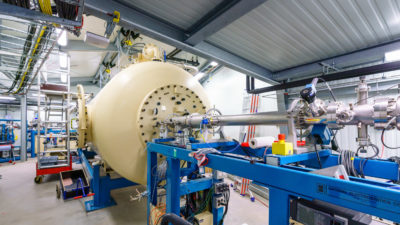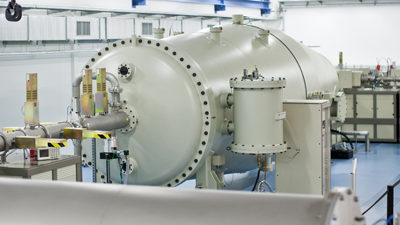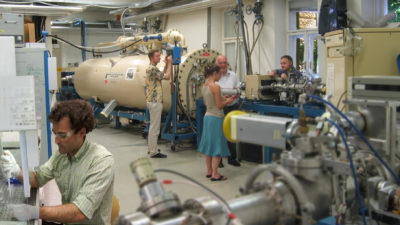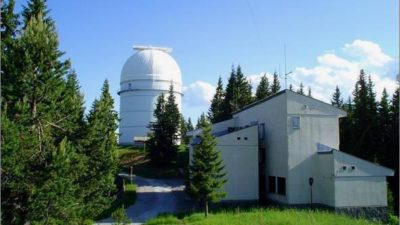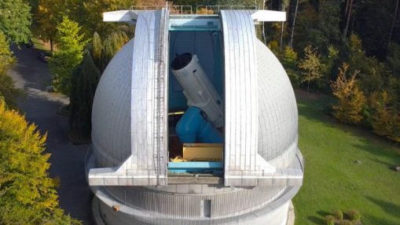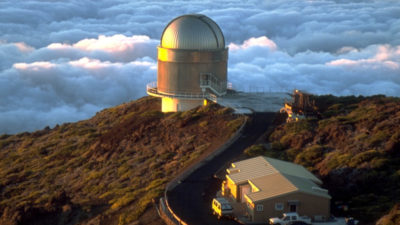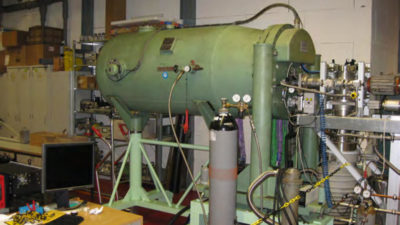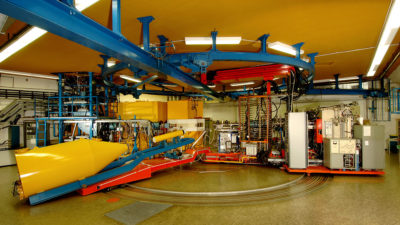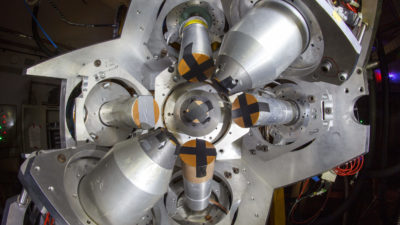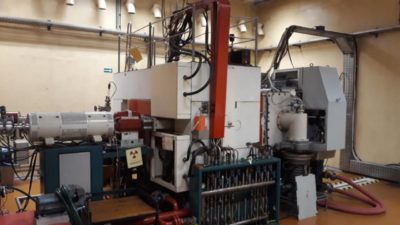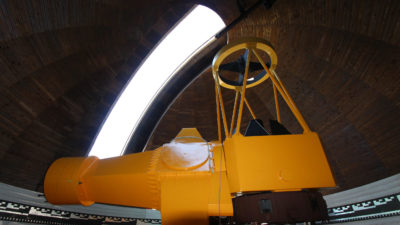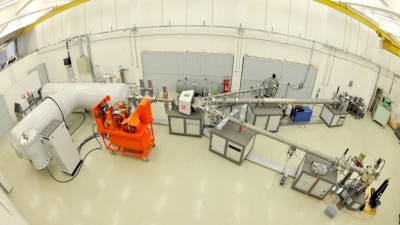National Astronomical Observatory, Chepelare, Bulgaria
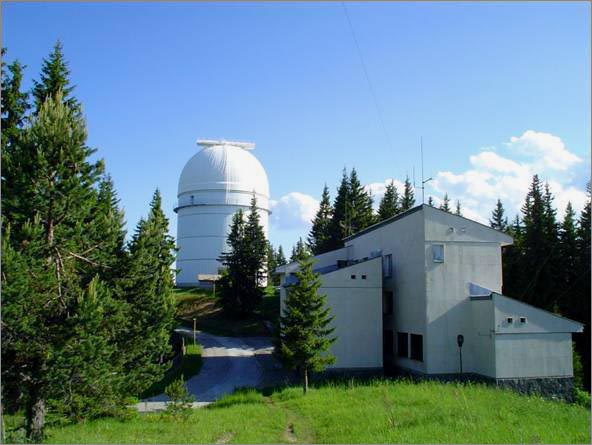
Credit: IANAO, Pencho Markishki

The National Astronomical Observatory – Rozhen is a part of the Institute of Astronomy, Bulgarian Academy of Sciences and its main observational spot. We have 3 telescopes at the observatory: 2m Ritchie-Chretien-Coudé telescope, 60cm Cassegrain telescope and 50/70cm Schmidt telescope.
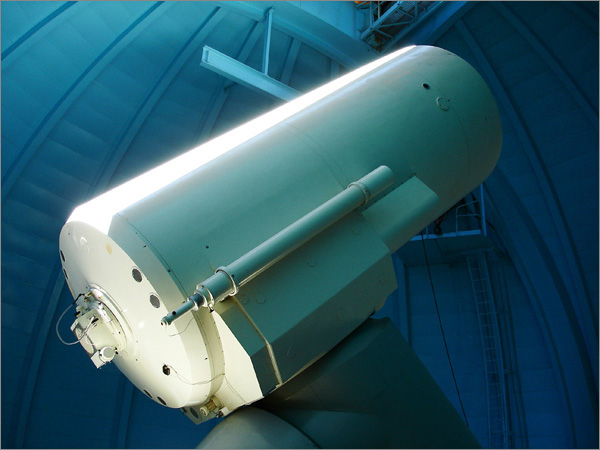
The 2m telescope operates in two focuses – in primary focus, RC and in the second one, Coudé. In RC focus we work in 3 modes: an echelle spectroscopy mode; a long slit spectroscopy and polarimetry by using the 2-channel focal reducer called FoReRo and a CCD- photometry mode.
In the framework of ChETEC-INFRA we provides access to the fiber-fed echelle spectrograph. The fiber-fed is coming from the main focus RC and the control room is at the level of the telescope.
The echelle spectrograph covers the spectral range from 3900 to 9000 ÅÅ divided in 70 orders. The spectral resolution is about 35,000 at Hα line. The signal-to-noise ratio can be reached about 100 for a star with magnitude in V about 8 and needed exposure time of about 1800s. The limit magnitude for a reasonable spectrum is about 12.5-13.0.
The RV accuracy reached is a few hundred meters per second.
The CCD detector is an Andor camera with 2k x 2k x 13.5μ pixel size. The spectrograph itself is in a separate, thermally isolated room.
The next device operating in the primary focus is the 2-channel focal reducer FoReRo which means Focal Reducer of Rozhen and it was granted by Prof. Jockers from the Max-Planck Institute for Aeronomy. It was built mainly for observations of the cometary plasma but has proven to be very useful for many other tasks including successful polarimetry of stars. By using it the users can make:
- broadband and narrowband imaging with UBVRI filters
- long slit spectroscopy with a grating prism
- interferometry using Fabry-Perot interferometer and polarimetry.
The Coudé-spectrograph is the first high resolution spectrograph of the 2m telescope. It operates with 3 gratings with dispersions 4.5, 9 and 18 Å/mm respectively. It is equipped with Andor Newton CCD camera 2048×512 pixels and 13.5pixel size. Depends on the grating the spectral range is 120Å or 240Å and the spectral resolution is 15,000 or 30,000.
The observatory is a place where a lot of astronomy schools for training University students have been held during the years leading by the experienced spectroscopists of IANAO.
The observatory is well-known among the European astronomers and the telescopes have an open access for every applicant through the peer review procedure.
The observatory is situated in a peak with altitude of 1750m in Rodopa mountain, Southeastern Bulgaria, about 200 km from the capital Sofia. The observatory can be reached from Sofia by a public transport or a car within four hours. The village of Chepelare is 15 km from Rozhen where there are restaurants, pubs and shops.
Technical information on the Echelle spectrograph can be found in the following publication: Bonev T., Markov H., Tomov T. et al., “ESpeRo: Echelle spectrograph Rozhen”, BgAJ (2017) 26, 67.
ChETEC-INFRA collection dates and user times:
Contact information:
- Assoc. Prof. Ivanka Stateva (local TNA manager)
- Prof. Evgeni Semkov (PI)
Country of installation:
- Bulgaria
- everyone whose affiliation is outside of Bulgaria can apply for TNA
Key information at a glance:
Presentation of TNA to Rozhen given at the ChETEC-INFRA kick-off meeting (May 4, 2021):
Presentation of TNA to Rozhen given at special TNA event (October 25, 2021):
Quantity of access to be provided:
- 20 clear observation nights
Websites:
